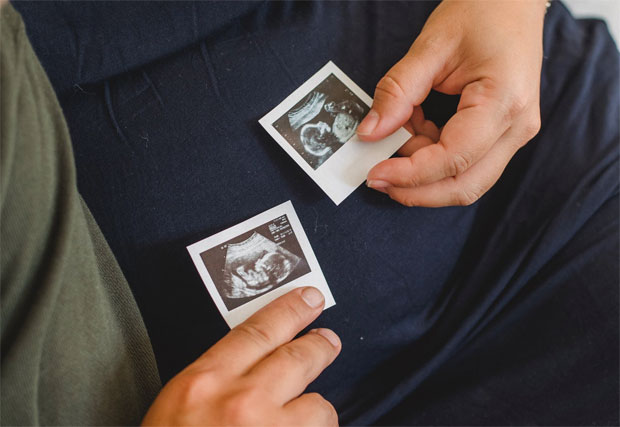Fresh vs Frozen Embryo Transfer – What’s The Difference?

Fresh vs Frozen Embryo Transfer – What’s The Difference?
When IVF first became widely available, the use of fresh embryos for implantation were the only type of transfer available to patients undergoing fertility treatment. But with the development of cryopreservation – where embryos are frozen for future use – advancements in reproductive technologies have now made frozen as well as fresh transfers commonplace.
With both procedures having their own benefits, we explore fresh vs. frozen embryo transfer to ask – what’s the difference?

- Fresh vs Frozen Embryo Transfer
Both fresh and frozen embryo transfers start in the same way, by stimulating ovulation. Once the uterus is ready, a patient will undergo egg retrieval after which the eggs will be fertilized with sperm.
With a fresh embryo transfer, the process needs to be completed between three to five days after the initial egg retrieval and will see the fertilised embryo being transferred back into the uterus, and if successful, develop into a full-term pregnancy.
However, with a frozen embryo transfer – also known as FET – fertilised embryos are frozen using cryopreservation techniques, meaning the transfer can occur years after the initial egg retrieval and fertilisation. The embryo will then be thawed so that it is ready for implantation into the uterus. You can also choose to have your unfertilised eggs retrieved and frozen for later use using this method. You can read more about egg freezing in the UK.
If you want to become an egg donor, read up about the process now so that you can get started as soon as possible and help families make their dreams come true.

- Benefits of fresh embryo transfer
One of the main advantages of a fresh embryo transfer is the shorter time frame for getting pregnant, if the initial transfer is successful. The full cycle for using a fresh embryo from initial retrieval to a positive pregnancy test is between four and six weeks. And, as most cycles result in more than one embryo, the surplus embryos can then be safely frozen for use in a future cycle, if needed.
However, the ‘real-time’ nature of a fresh embryo transfer means you could be working with hormone levels that remain elevated as a result of ovarian stimulation. This means that there is the possibility that due to the short timings, the uterine lining may be less receptive to a successful implantation.

- Benefits of frozen embryo transfer
A frozen embryo transfer can take place any time, typically from 6-8 weeks following the initial egg retrieval. This means the patient can get ready for the transfer, with medications to mimic their menstrual cycle so that the FET can be scheduled for the optimum time for implantation. This can also make the whole process less stressful.
With FET, a patient is able to have the embryos tested for any genetic abnormalities. They can also choose to keep the embryos frozen for later use, with the standard storage time around 10 years, but it is possible for frozen eggs to be safely stored for longer.
However, FET is typically more expensive due to the storage costs and there is a small chance that some embryos may not survive the freezing or thawing process.

The final word
While frozen embryo transfers have become the preferred IVF option for many patients, fresh embryo transfers still have comparable success rates. The type of transfer undertaken will also depend on a range of factors, including age and when you are planning to start a family. Your overall health and egg or sperm quality also need to be taken into account.
So, when it comes to deciding on the best transfer route for you, your fertility clinic or specialist is the best source of information and medical advice.
Guest Article. Contains a sponsored link.




